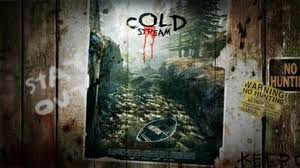The Year With No New Games-Part 4: “Completion”
I wish I could say that I had been away for so long because I was fully immersed in clearing off my backlog, that my pile of shame has been leveled, and that the new games have my complete and undivided attention. But that would be a lie.
One factor I had not considered when drafting the original gaming schedule was how time consuming finishing some of them would be. Another, slightly more important factor I had not considered was how quickly I would feel burnt out on gaming in general, and achievements-oriented gaming in particular, after a few months of this project. The most important factor I had not considered was how difficult it is to balance school, work, and family, particularly raising a toddler, would be. At the end of the day, I just didn’t want to play anymore.
It turns out that once I popped (an achievement), I actually could stop.
That said, it’s the redefinition of “completion” that accelerated my burnout. Last time, I mentioned that the pursuit of 100% completion derailed this project. We normally call the act of experiencing a game’s full plot or playing a game’s last level “completion.” But there are other difficulties and other modes to conquer, other challenges (self-imposed or designed by the creators) to overcome, other collectibles to discover. And therein lies the relatively arbitrary demarcation of “100% completion,” which I defined as “all achievements earned.” And that usually means some tedious play.
“Tedious play” is a wonderful oxymoron. How can play, which is supposed to joyous, be tedious? It’s tedious when you’re leading a coordinated group effort to enter into buildings so an achievement boosting partner can demolish it, thereby scoring demolition kills in Battlefield: Bad Company 2. It’s tedious when you’re playing a particular checkpoint in Gears of War 2‘s campaign again and again so you can use the Brumak to score 100,000 kills. It’s tedious when you’re caught in a cycle of dying and respawning just so you can join Call of Duty 4: Modern Warfare‘s Mile High Club. And yet I’ll smile when I think about the moment when the Demolition Man, Seriously 2.0 and Mile High Club achievements popped.

